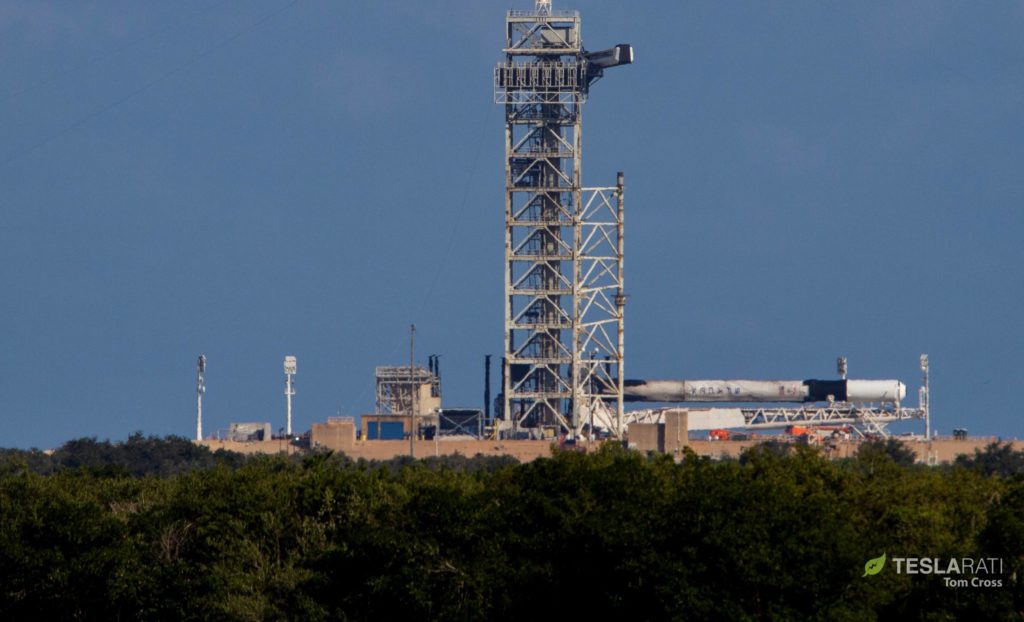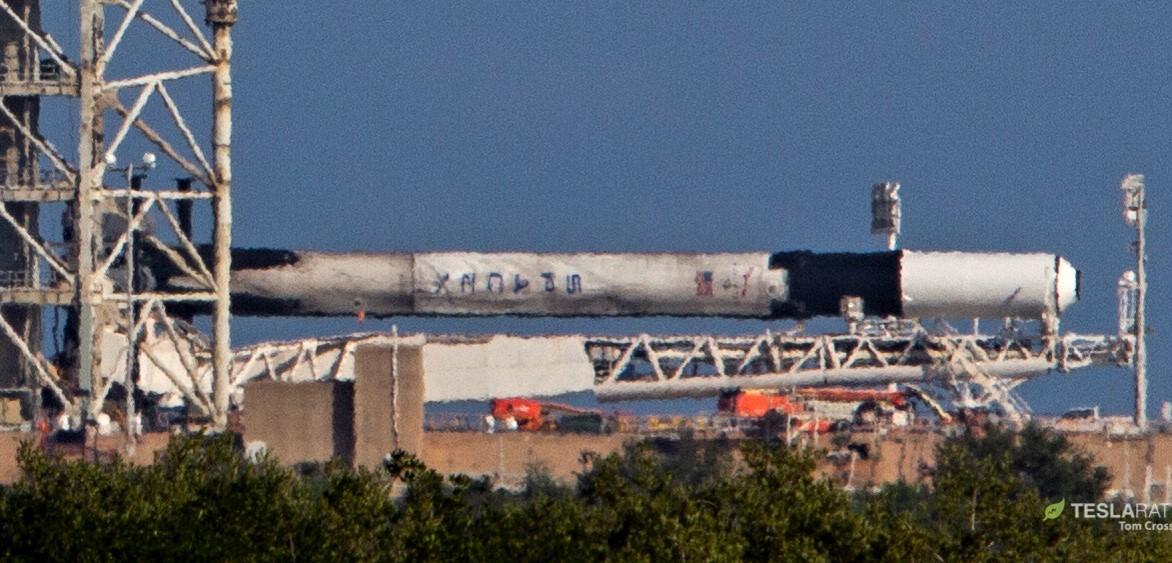

News
SpaceX’s flight-proven Falcon 9 and drone ship fleet ready for duo of launches
SpaceX is gearing up for a duo of flight-proven Falcon 9 launches and drone ship landings on both coasts of the United States, set for liftoff from Cape Canaveral’s Kennedy Space Center and Vandenberg Air Force Base no earlier than (NET) November 15th and 19th, respectively.
#SpaceXArmada: Moments ago, outbound tugboat Hawk with droneship OCISLY in tow in @PortCanaveral. Destination: Booster core landing/recovery LZ of Thursday's #Eshail2 launch, approx 408 mi E of @NASAKennedy. pic.twitter.com/n5FvBdIvpt
— Cowboy Dan (@CowboyDanPaasch) November 12, 2018
East Coast activities
On the East Coast, drone ship Of Course I Still Love You departed from Port Canaveral late last night (Nov 11) as Falcon 9 B1047 rolled onto Pad 39A for a preflight static fire test, where the rocket will be filled with a full complement of fluids (TEA/TEB, helium, nitrogen, oxygen, kerosene) and all nine Merlin 1D engines are ignited in order to replicate the seconds just prior to a real launch. That static fire test was originally expected to occur on November 10 or 11 but has obviously been pushed back a day to Nov. 12, likely meaning that the rocket’s launch – carrying Qatari communications satellite Es’hail-2 – will slip 24 hours to 3:46pm EST (08:46 UTC) on the 16th,
Following the unfortunate loss of Amos-6 during a preflight static fire in September 2016, SpaceX has since made a reasonable move away from performing static fires with payloads integrated atop the rocket, unless the customer specifically requests that it be done that way to save time. As such, Falcon 9 must be brought horizontal, rolled back to the hangar, inspected, and finally have the payload and fairing attached to the rocket, a sensitive process that demands nuance and time. Combined with an analysis of data gathered during the static fire, this process – when all goes as planned – can take at least 48 hours from start to finish, and longer still if any minor off-nominal behavior is observed or the launch customer has additional requirements (typically reserved for NASA and national security-related missions).
- B1047 horizontal at Pad 39A, November 11. (Tom Cross)
- B1047 made an extraordinary ring vortex rainbow as it smashed through Max Q, the point of highest aerodynamic stress on the rocket. (Tom Cross)
- B1046 seen mid-static fire at Pad 39A ahead of Falcon 9 Block 5’s launch debut, May 2018. (Tom Cross)
Because rockets like Falcon 9 are extraordinarily intricate and finely-tuned machines, perfectly nominal launch-related events are few and far between. In reality, the time between static fire rollout and launch readiness is rarely less than three days (72 hours), not including the process of rolling the fully-integrated rocket back out to the pad, aligning and securing the vehicle and transporter-erector (TE) over the flame trench, and finally attaching all umbilical connections and verifying vehicle health. Speaking generally, four to five days is a good rule of thumb for the time it takes to complete Falcon 9’s static fire and return the rocket to the pad after attaching the payload.
Still, it’s always a good sign when a drone ship leaves port, much like OCISLY did on the evening of the 11th. The journey to its destination will take 2-3 days, meaning that the drone ship will be ready to catch Falcon 9 whenever the rocket is ready to launch.

Drone ships and sooty rockets, oh my!
On the West Coast, SpaceX is also getting ready for drone ship Just Read The Instructions (JRTI) to depart Port of San Pedro in anticipation of a presumed sea recovery of Falcon 9 following the NET Nov 19 launch of a multi-satellite rideshare mission known as SSO-A. While SpaceX currently holds two recovery licenses for the booster, one by sea and one at the land-based LZ-4 pad, it’s possible that the company will be forced to use JRTI despite the fact that Falcon 9 will have plenty of propellant left to return itself to the launch site (RTLS). United Launch Alliance’s (ULA) next Delta IV Heavy rocket is currently on-pad with a presumably very expensive National Reconnaissance (NRO) satellite attached roughly 1.5 miles northeast of SpaceX’s LZ-4 – the rest of the gaps are easy enough to fill in.
- Falcon 9 Block 5 booster B1046 seen during both of its post-launch landings. (SpaceX/SpaceX)
- B1047 completed its first successful launch in July 2018. (Tom Cross)
- B1047 seen rolling into 39A’s integration hangar for refurbishment on July 31st. (Reddit – Kent767)
JRTI was spotted by Teslarati photographer Pauline Acalin performing some rare sea trials on November 10 after spending several weeks berthed at port for routine maintenance and deck repairs. Fairing recovery vessel Mr. Steven has also been undergoing some unusual modifications, now proudly sporting what can only be described as a steel horn recently installed on the tip of his bow deck. After sitting out a catch attempt during the launch of SAOCOM 1A to prepare for controlled helicopter drop tests performed over a period of several weeks in October, Mr. Steven will most likely be ready for another stab at operational fairing recovery during SSO-A.
Both rockets – B1047 to the East and (presumed) B1046 to the West – are flight-proven, meaning that they have flown operational orbital missions prior to their upcoming launch attempts, B1047 launched communications satellite Telstar 19V in July 2018, while B1046 has actually performed two successful launches already, Bangabandhu-1 in May and Telkom 4 (Merah Putih) in August.
For prompt updates, on-the-ground perspectives, and unique glimpses of SpaceX’s rocket recovery fleet check out our brand new LaunchPad and LandingZone newsletters!
News
Tesla driver walks away from major accident with minor injuries
The driver sustained only minor injuries, and the exact cause of the crash remains under investigation.
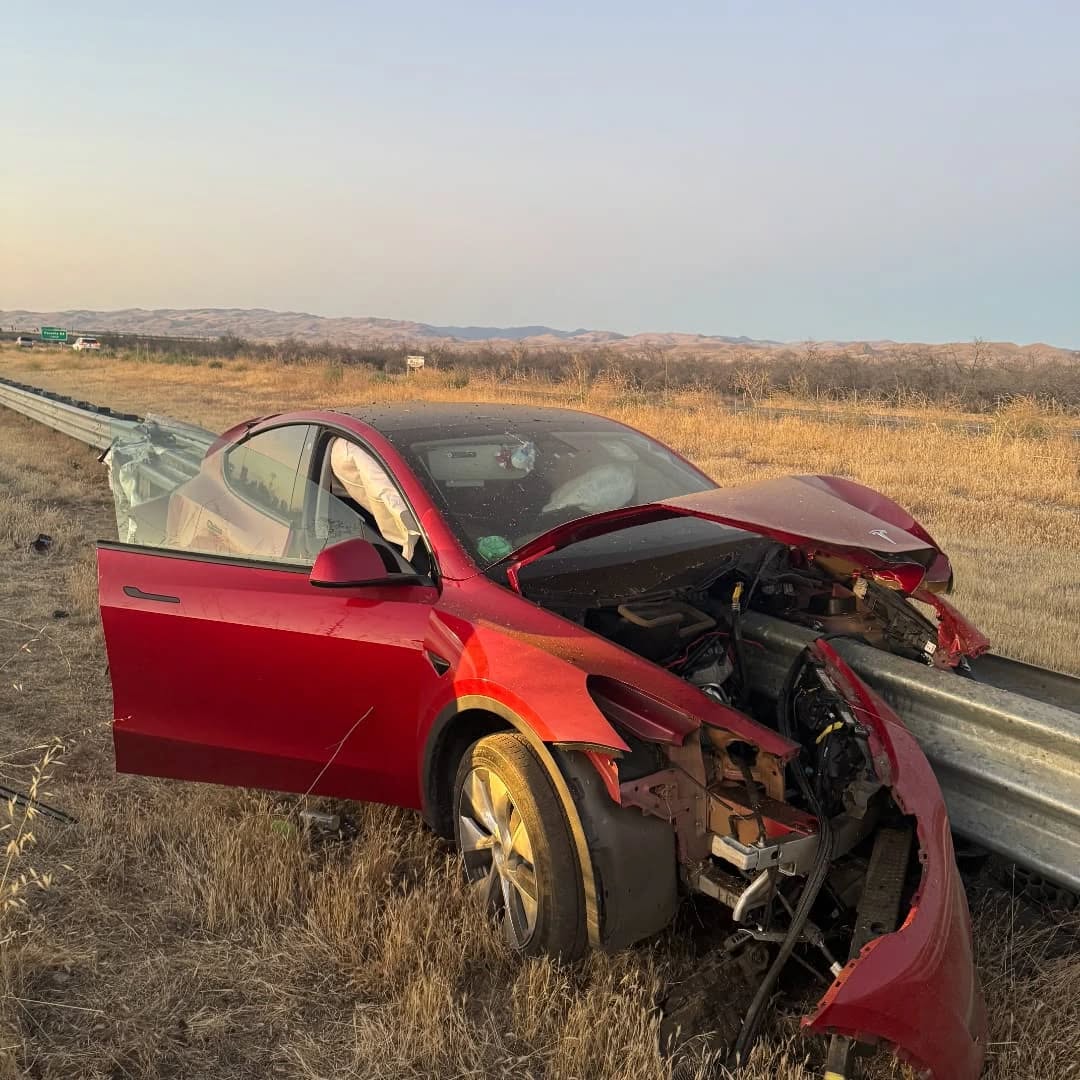
The driver of a Tesla Model Y survived and walked away from a harrowing accident on Monday in California, only sustaining minor injuries despite the vehicle being impaled by a guardrail.
On Monday morning around 4:34 a.m., the Los Banos division of the California Highway Patrol (CHP) responded to the accident on I-5 near Panoche Road, involving a 23-year-old in a Tesla Model Y. According to a post on social media, the driver veered off the road for unknown reasons in the northbound lane, before crashing directly into the guardrail and impaling the vehicle.
You can read the full message and photos from Los Banos CHP below, as were shared in a Facebook post on Monday afternoon.
This morning a Tesla model y was traveling in the #1 northbound lane of I-5 north of Panoche Rd. For unknown reasons driver allowed V-1 to veer off the roadway, travel through a dirt center divide, and crashed into the fixed metal guardrail. Lucky for the driver he only sustained minor injuries and was able to walk away. Driving a vehicle requires 100% attention to the road. Avoid distractions and focus on driving.
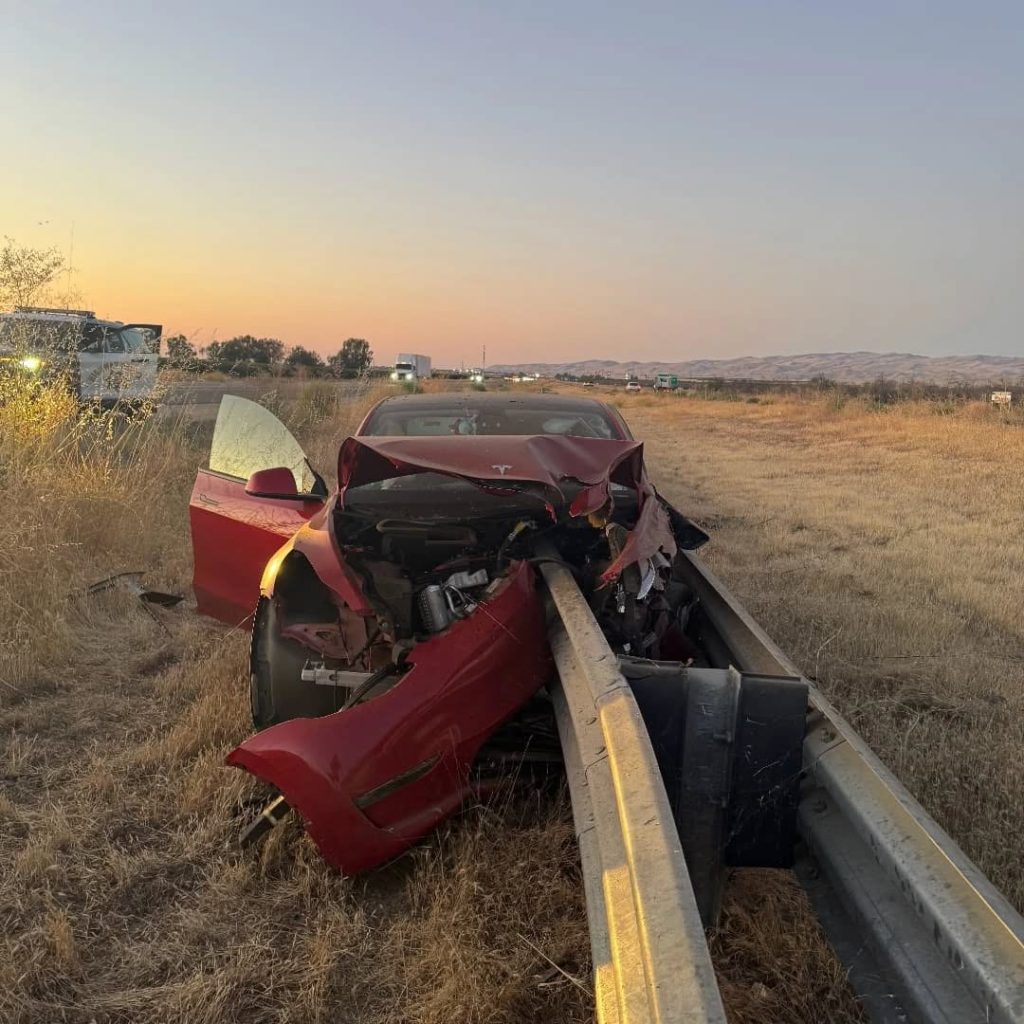
Credit: CHP Los Banos (via Facebook)
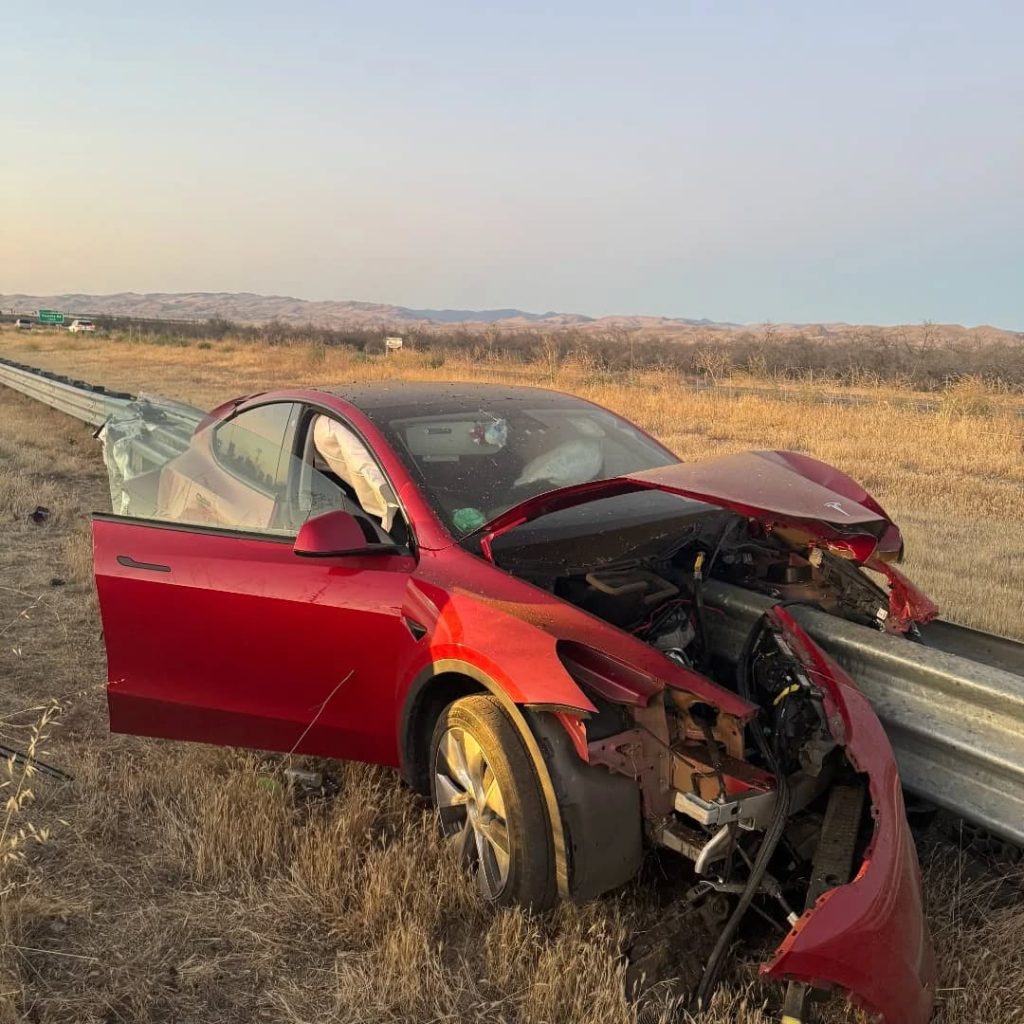
Credit: CHP Los Banos (via Facebook)
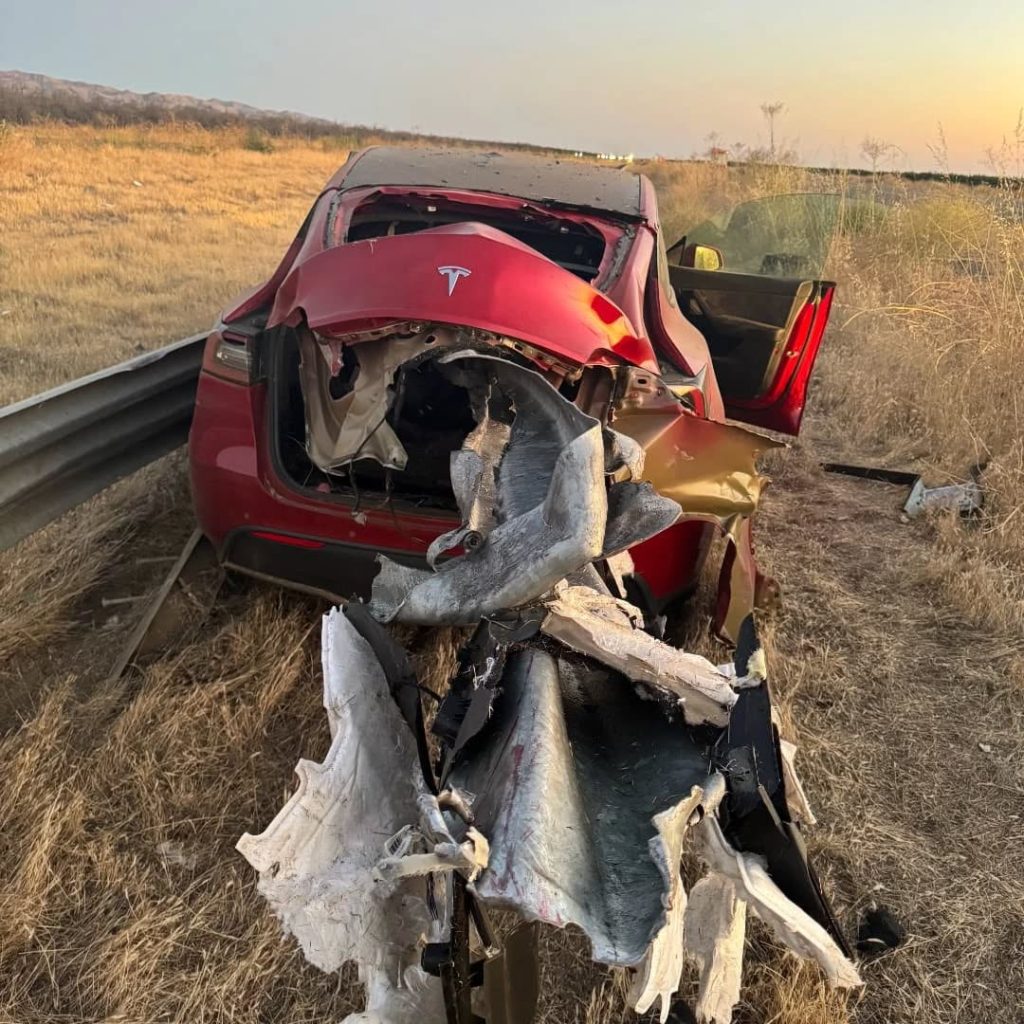
Credit: CHP Los Banos (via Facebook)
In a statement to SFGate, CHP officer Myles Anderson said that the driver only sustained minor injuries, while no arrests are made and drugs and alcohol are not suspected to have been involved. The report also notes that Tesla’s “cruise control and lane assistance features” were activated, according to Anderson. However, it’s not entirely clear if this is referring to Supervised Full Self-Driving (FSD), or to the cruise control and lane assist features baked into Autopilot.
At the time of writing, CHP has not yet responded to Teslarati’s request for clarification and additional details on the matter.
Tesla Crash Safety Ratings across its lineup: pic.twitter.com/ny30R7ceji
— TESLARATI (@Teslarati) July 1, 2025
READ MORE ON TESLA SAFETY: Tesla rolls out crucial new safety feature aimed at saving children
The news comes after Tesla has touted its vehicles as incredibly safe for many years. In December, for example, the company highlighted receiving top safety scores from regulators on four different continents throughout the world, including from the National Highway Traffic Safety Administration (NHTSA) and the Insurance Institute of Highway Safety (IIHS) in the U.S.
Tesla has also listed the goal of making its vehicles the safest on the road throughout the years, both in the overall design of its vehicles and in its Autopilot and Full Self-Driving (FSD) programs.
Tesla Model 3 ranks as the safest new car in Europe for 2025, per Euro NCAP tests
Investor's Corner
Cantor Fitzgerald maintains Tesla (TSLA) ‘Overweight’ rating amid Q2 2025 deliveries
Cantor Fitzgerald is holding firm on its bullish stance for the electric vehicle maker.
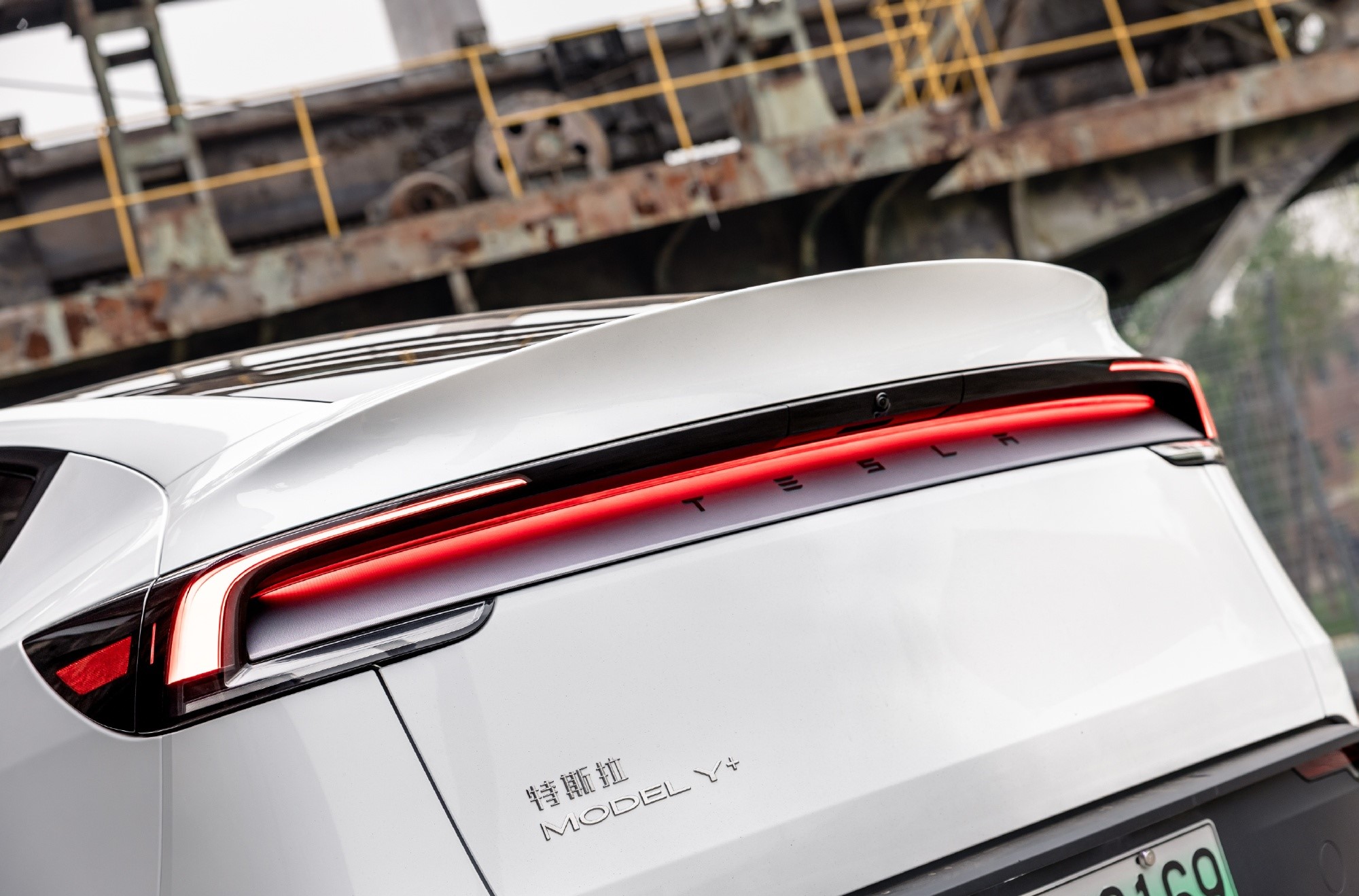
Cantor Fitzgerald is holding firm on its bullish stance for Tesla (NASDAQ: TSLA), reiterating its “Overweight” rating and $355 price target amidst the company’s release of its Q2 2025 vehicle delivery and production report.
Tesla delivered 384,122 vehicles in Q2 2025, falling below last year’s Q2 figure of 443,956 units. Despite softer demand in some countries in Europe and ongoing controversies surrounding CEO Elon Musk, the firm maintained its view that Tesla is a long-term growth story in the EV sector.
Tesla’s Q2 results
Among the 384,122 vehicles that Tesla delivered in the second quarter, 373,728 were Model 3 and Model Y. The remaining 10,394 units were attributed to the Model S, Model X, and Cybertruck. Production was largely flat year-over-year at 410,244 units.
In the energy division, Tesla deployed 9.6 GWh of energy storage in Q2, which was above last year’s 9.4 GWh. Overall, Tesla continues to hold a strong position with $95.7 billion in trailing twelve-month revenue and a 17.7% gross margin, as noted in a report from Investing.com.
Tesla’s stock is still volatile
Tesla’s market cap fell to $941 billion on Monday amid volatility that was likely caused in no small part by CEO Elon Musk’s political posts on X over the weekend. Musk has announced that he is forming the America Party to serve as a third option for voters in the United States, a decision that has earned the ire of U.S. President Donald Trump.
Despite Musk’s controversial nature, some analysts remain bullish on TSLA stock. Apart from Cantor Fitzgerald, Canaccord Genuity also reiterated its “Buy” rating on Tesla shares, with the firm highlighting the company’s positive Q2 vehicle deliveries, which exceeded its expectations by 24,000 units. Cannacord also noted that Tesla remains strong in several markets despite its year-over-year decline in deliveries.
News
Tesla Sweden responds to car magazine’s claims that Model 3 has deficient brakes
The company stated that it would be examining the two Model 3s that were used in the magazine’s test.
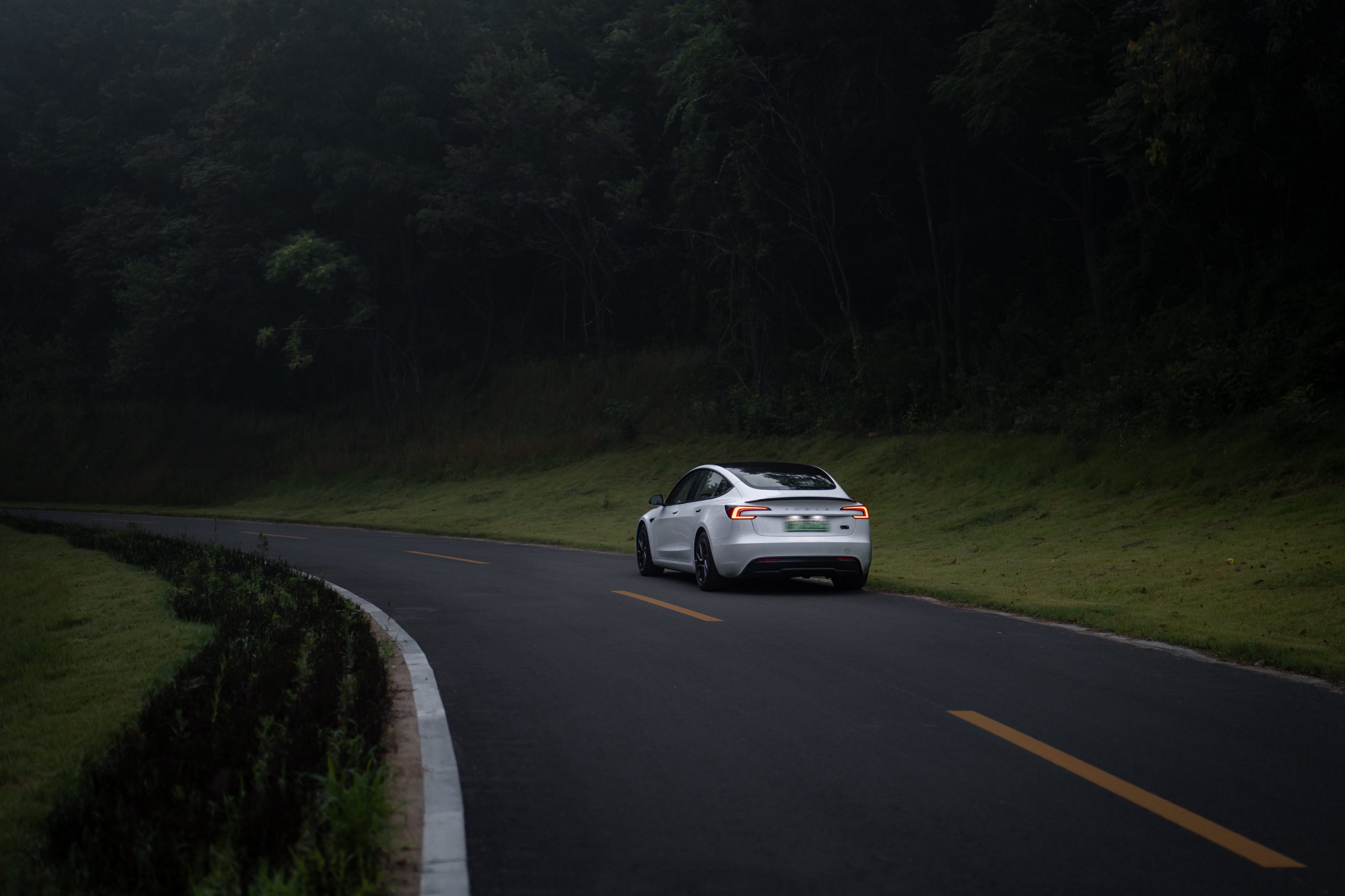
Tesla Sweden has responded to a car magazine’s claims that the new Model 3 sedan has “deficient” brakes. The all-electric sedan was subjected to the publication’s tests, and its braking distance was reportedly found to be lacking.
The car magazine’s tests
As noted in a report from Swedish car magazine Teknikens Värld, the new Model 3 Long Range’s braking distance proved subpar when it was tested, with the vehicle reportedly having a braking distance of a whopping 133.2 feet (40.6 meters). The magazine claimed that it repeated the test with another Model 3, and its results were only 5 feet (1.5 meters) better.
The magazine noted that this was unacceptable since an acceptable braking distance is 124 feet (28 meters), which also happens to be the Model 3’s braking distance when it was tested by Edmunds in the United States. The publication also stated that the Volkswagen ID.7 Tourer, which is equipped with drum brakes at the rear, had a braking distance that’s 16 feet (5 meters) shorter in its tests.
Tesla Sweden’s response
Tesla Sweden responded to the car magazine’s claims, stating that the all-electric sedan’s alleged braking performance was not consistent with the company’s data, nor does it align with the Model 3’s safety ratings. The company also noted that it would be examining the two Model 3s that were used in the magazine’s test.
“In the latest braking tests with Model 3, which were conducted by Teknikens Värld 2021, a braking distance of 36.5 meters was measured for Model 3 RWD and 36.7 meters for Model 3 Long Range AWD, so these results are not recognized or consistent with our internal tests.
“We are examining the two specimens to find out why the braking distances differ. Safety is number one at Tesla. Model 3 comes with all safety features as standard. Independent crash safety organization Euro NCAP recently announced new crash results for cars tested in May 2025. Euro NCAP gives the upgraded Model 3 a 5 out of 5-star safety rating and an overall score of 90%, making Model 3 one of the safest vehicles tested under the latest and most stringent testing protocol ever,” Tesla Sweden stated.
Teknikens Värld digs its heels
While Tesla Sweden has responded to its allegations, the car magazine noted that it will nonetheless stand firm on its claim that the new Model 3 has deficient brakes.
“The fact that the Model 3 previously passed the brake test is not relevant because today’s generation of the Model 3 is to be considered a new generation, as Tesla themselves often point out. Nor is the result in Euro NCAP relevant because they are different tests. We can therefore conclude that Tesla has deficient brakes on the new Model 3. It is good for everyone to know,” the car magazine wrote.
-

 Elon Musk1 week ago
Elon Musk1 week agoTesla investors will be shocked by Jim Cramer’s latest assessment
-

 News2 weeks ago
News2 weeks agoTesla Robotaxi’s biggest challenge seems to be this one thing
-

 News2 weeks ago
News2 weeks agoWatch the first true Tesla Robotaxi intervention by safety monitor
-

 Elon Musk1 week ago
Elon Musk1 week agoA Tesla just delivered itself to a customer autonomously, Elon Musk confirms
-

 News2 weeks ago
News2 weeks agoTesla Robotaxi rollout proves that Elon Musk still delivers, even if it’s late
-

 Elon Musk2 weeks ago
Elon Musk2 weeks agoxAI welcomes Memphis pollution results, environmental groups push back
-
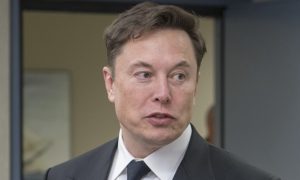
 Elon Musk2 weeks ago
Elon Musk2 weeks agoElon Musk commends Tesla team on successful Robotaxi launch
-

 Elon Musk2 weeks ago
Elon Musk2 weeks agoElon Musk confirms Tesla Optimus V3 already uses Grok voice AI

